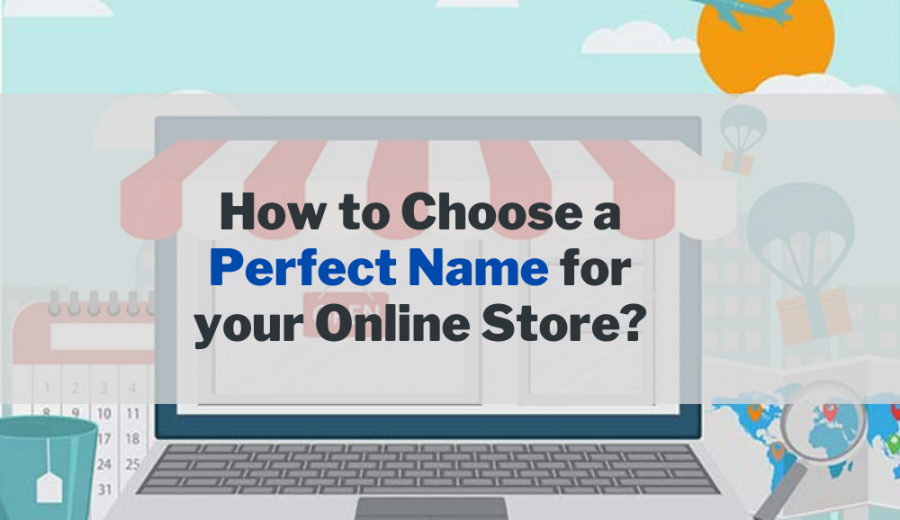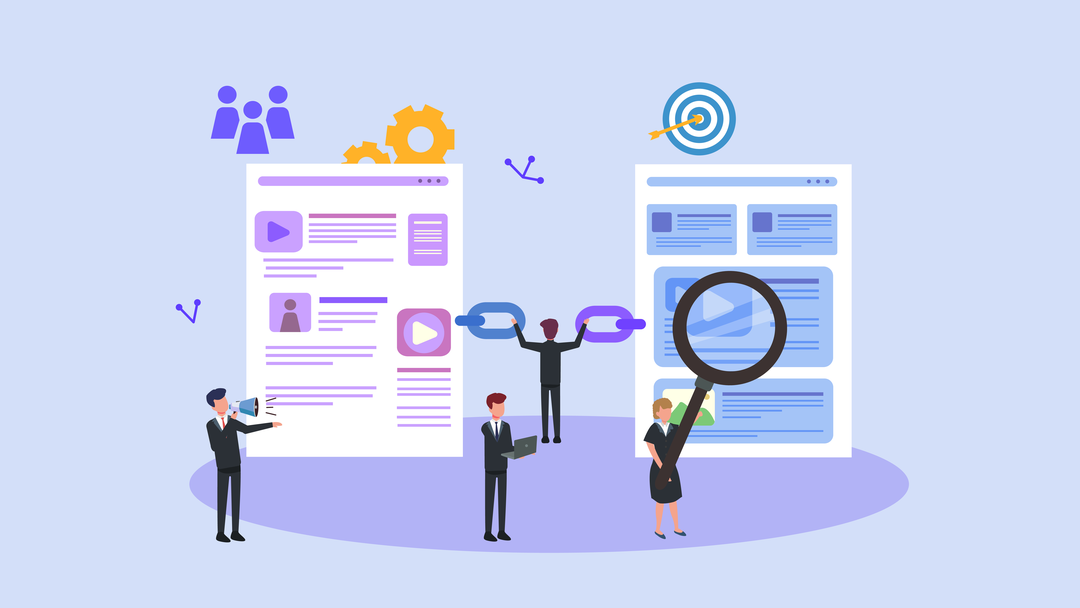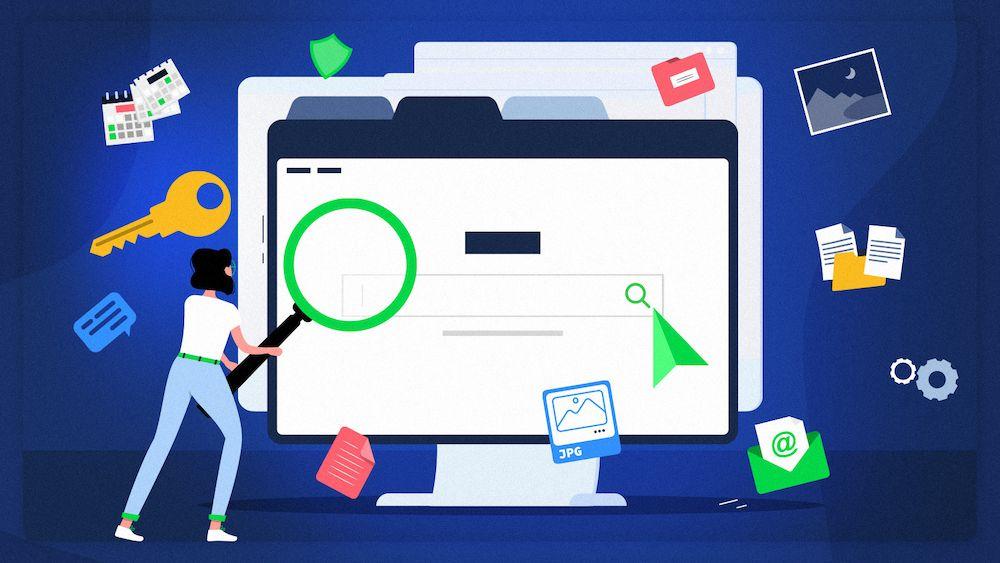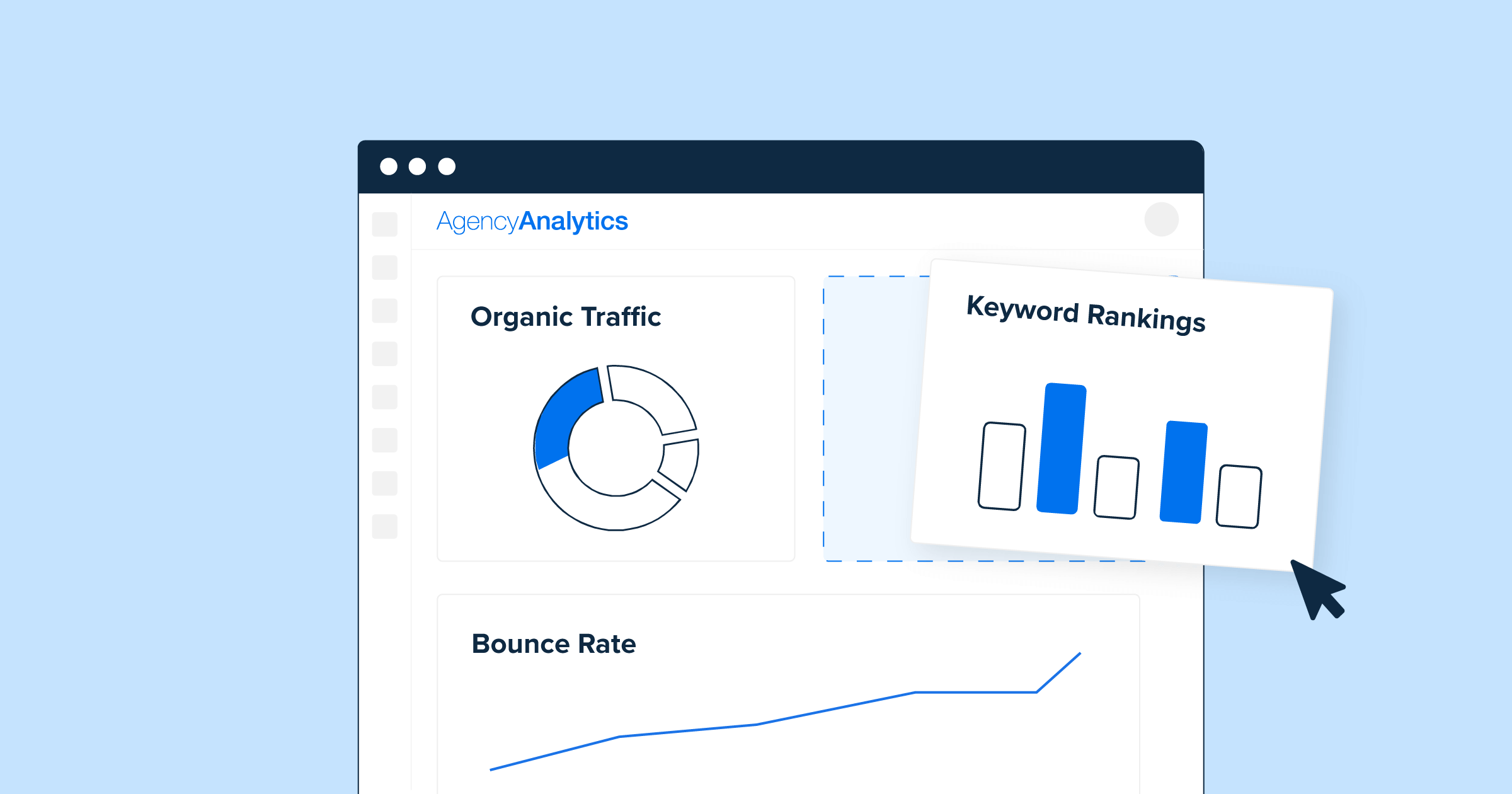If you have a great product or a fantastic service, then you may experience frustration when nobody buys from you. That’s why you need a marketing funnel. If you have never heard of a marketing funnel before, or if you want to make sure that you are utilising your funnel properly, then this is the guide for you.
How does a Marketing Funnel Work?
Imagine you own a store, and you sell treat pouches for dogs. One hundred people may find that they experience difficulty routing through their pockets when trying to reward their dog and therefore may turn to the internet so that they can find a solution for their problem. You may be ranking for “dog treat pouches” on Google, so 40 people click through to your site. On your site, you may offer a 20% discount to anyone who signs up with their email address. Twenty people then take you up on this offer. The problem is that life sometimes gets in the way of things, so only ten people actually go ahead and use the coupon to buy a dog treat pouch from your store. As you can see, people are dropping off at every stage. The top of the funnel is always bigger than the bottom.
In this example, your funnel will have gone from: 100 -> 40 -> 20 -> 10.
As you can see, this results in the shape of a funnel. Marketing funnels often sound complicated if you’re a beginner. The main reason for this is because most people tend to jump in at the deep end. They get overwhelmed with the various aspects of it and they just have a hard time figuring it all out.
How to Build your Own Funnel
If you don’t have a fantastic product or a good service, then a funnel is not the solution to your sales problems. Invest your time, money and resources into bettering your process before you invest in a funnel.
Awareness
The very first stage for creating a funnel is to make sure that your customers are aware of your product. It may be that they have read one of your articles on your blog, or that they have listened to a radio show where your product was mentioned. They might have found you on Google or received your leaflet in the mail. Either way, your customers know you exist, and this is the first stage. The problem is that just because your customers are aware of you, doesn’t mean that they are going to buy from you. At this stage, your focus should be on trying to spread as much interest and awareness as possible. Get some photos on your social media page and also make sure that you establish yourself. It’s super important that you actually target your audience here. Take the dog treat pouches as mentioned above for example, your audience will be dog owners, so push content that relates to that audience. One example would be for you to create a post detailing basic commands to teach your dog.
Interest
The second stage would be interest. At this point, your customers are hooked. They will have consumed your content and they are eager to find out more. They want to dig deeper into your topic. You need to provide them with more in-depth content, and you will also need to establish yourself as an expert. You have probably pushed basic content to this point, that gives your audience a general idea of what you do. Now you need to show them why they should be investing in you, as well as showing them how you can solve their problem. If you have created a post about positive reinforcement in dogs, you may want to go from that into blog posts about reactivity in dogs, or how to reward dogs properly when on the go, in more challenging situations. You can then lead in with your product, which creates interest. This helps you to establish yourself as being helpful and knowledgeable, which will help you to transition your customers to the next stage of the process.
Consideration
At this stage, your prospects know the issue and they know the solution. They also know that you can provide them with that solution, so what’s the problem? Just because they know that you can do what they want, doesn’t mean that they will choose you. In fact, there’s probably hundreds of other providers out there who they could go with instead. They may look for alternatives or better solutions. This is especially the case if you are selling big-ticket, or expensive items. Think about it, if you know everything about the new iPhone, this doesn’t mean that you’ll choose it over a Samsung. Your job here is to convince your audience that you are the right person, company or product and that other options are inferior.

Why Should Your Customers Choose You?
So by this point, you have given your potential customers some guidance on how you can solve their problem. You may have even given them some advice on how they can use your product, but are you the only company out there who can give it to them? If yes, great. You have a USP. If not, then you need to convince your customers that you are the best option. So how do you do this? Take the dog treat pouches, as mentioned above. It may be that you know most dog treat pouches out there are not waterproof. Dogs need to be trained in all weather, so you may push the fact that yours is waterproof. You may also add a foil lining inside the treat pouch, to ensure that juicy pieces of steak don’t soak through the canvas. Lastly, you could offer a personalisation service, where the dog’s name can be printed onto the pouch. Things like this help your company to stand out, and it helps to give your customers a reason to choose you.
Conversion
Conversion- the last stage in the process. Your prospects are ALMOST convinced that you are the best solution to their issue. All you have to do is give them a compelling reason to click buy. It may be that you need to utilise urgency, such as a product going out of stock soon. You may also want to give them a discount, so you can encourage them to buy from you. You also may want to try and upsell. This could involve throwing in a packet of chicken liver dog treats with any treat pouch purchased in the next 7 days. Be transparent, and always make sure that you are honest with your offerings. This stage is crucial, but at the end of the day, you still need to make sure that you don’t see this stage as being the finish line. Sure, it may be the last in your customer’s sales journey, but when they buy from you, you want them to come back time and time again. If you want to make sure that your customers are coming back to buy from you, then you may offer a huge range of accessories that can be purchased at a later date to complement the original process. You have to remember that when your customer comes back to buy from you, they won’t have to start again in the funnel. They will likely enter the funnel at a later stage, and this is why it is so much easier for you to sell to existing customers when compared to brand-new ones.
Of course, if you are stuck as to what items you should be offering then take the dog pouch example. It may be that you offer a clip so that the pouch can be attached to a bike or backpack. You can also offer a range of hypoallergenic treats, for dogs who might have allergies. Re-fill tubs are ideal as well, as it means that the treats can stay in an airtight container before they are ready to be put into the pouch for a training session. If you want to capitalise on your conversions, or if you want your customers to come back to you again and again, then it’s also wise for you to explore other avenues for your sales.
Don’t just focus on your original product, the treat pouch. Focus on the other options you can use to compliment your customer’s original purchase in different ways. It may be that you sell recall whistles, scent training dummies or clickers. Things like this help you to expand your offerings and it can help to nudge your customer to buy from you. If a customer isn’t interested in buying treats from you, as they have their own, then they may not feel the need to buy the pouch from you as a standalone product. If you sell whistles and clickers however, they can then buy a full training package and therefore the purchase for them, is much more worthwhile. This is of course, all built on a single example, but it does show you how many possibilities are available when it comes to expanding sales from what was originally a simple, standalone product.
Plugging Leaks in your Funnel
It doesn’t matter how great your product is or how efficient your funnel looks, there will always be leaks. Some people just aren’t interested, or they may never have the money to buy from you. Some amount of leakage is normal. What you need to worry about is excessive leakage. This happens when one stage of your funnel has way more leakage than the next. Fortunately, fixing a leak isn’t difficult. You will already be off to a great start because just by having a funnel, you can make it much easier for yourself when it comes to finding out where the worst leaks are.
So how do you plug leaks in your funnel?
As you build your funnel, you have to make sure that you assign metrics to every single stage.
Awareness
This could be the amount of visitors who land on your site, or who browse through your blog posts. Interest
The amount of people who sign up for your discount code via email, or who register for alerts when you post a blog. Newsletter signups are also metric worth tracking.
Consideration
This is the click-through rate for your emails. You can also track how long someone stays on a blog post, or how long they spend on a page reading about your product. You can also track cart abandonment. This is when people add a product to their basket, but they don’t checkout with it.
Conversion
The amount of people who go ahead and actually buy your product. If you see a huge decline in numbers at any one of these stages, then you have a serious leak. Even though you might not know immediately what problem you are having, you can explore it. It may be that you are experiencing a seasonal decline, or that you have lost your keyword ranking. Either way, by utilising this information, you can then begin to fix the issue.
The Power of Retargeting
Retargeting helps to capture any customers who might have dropped out, and it essentially reintroduces them to your funnel. Retargeting is a form of online advertising and it allows visitors who may have left your site, to come back. It’s a form of persuasion, and it encourages them to reconsider their purchase. So how does retargeting work? You essentially install some code on your website. This is known as a pixel. The pixel will then drop a cookie on the visitor’s browser. When they leave your site and begin to look at other pages, the cookie allows your advertisement platform to show them your ad. Pixels are super easy to use and it’s a fantastic way for you to plug leaks in your funnel.
So, setting up a sales funnel is easy. Anyone can do it, and if you haven’t got one yet, now is the time to change that.

Nadejda Milanova
An experienced Content creator in the field of Search Engine Optimization (SEO) and WordPress. A true proffesional with a Master's degree focused on journalism.
Read more by Nadejda Milanova





